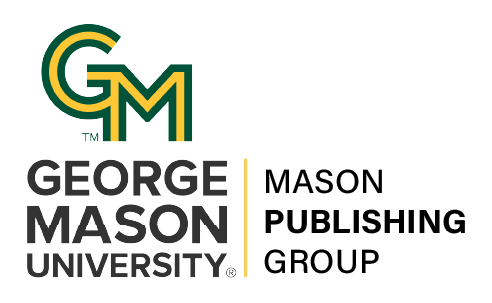The Smithsonian-Mason Semester: How Partners Can Provide High Quality Mentoring, Hands-on Activities, and Access to Professional Networks for Students
DOI:
https://doi.org/10.13021/G8itlcp.2.2010.2090Keywords:
research experiences for undergraduates, learning spaces, place-based learning, cooperative learning, critical thinking,Abstract
The Smithsonian-Mason Semester is a 16-credit, integrated learning environment for undergraduates. Students are resident at an internationally recognized research facility that houses cutting edge research and some of the worldââ¬â¢s most endangered species. While the program is divided into 5 courses for administrative purposes, each topic is taught in a discrete module, facilitating the integration of concepts. Subject matter experts from both Smithsonian and Mason contribute course material and lead activities. The curriculum is interdisciplinary and makes use of lab work, field work, and field trips. Assignments stress group work, the development of powers of abstraction, critical thinking skills, as well as oral and written presentation skills. The students spend one day per week in a practicum, mentored by a Smithsonian scientist or practitioner. This often leads to internship opportunities. Additionally students form close bonds with their peers, forming the foundation for future professional relationships. A common complaint is that students are sorry to see the semester end! This program may serve as a model for other partnerships that may serve to enrich the studentsââ¬â¢ learning experience.



